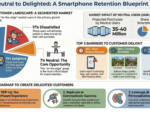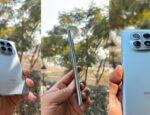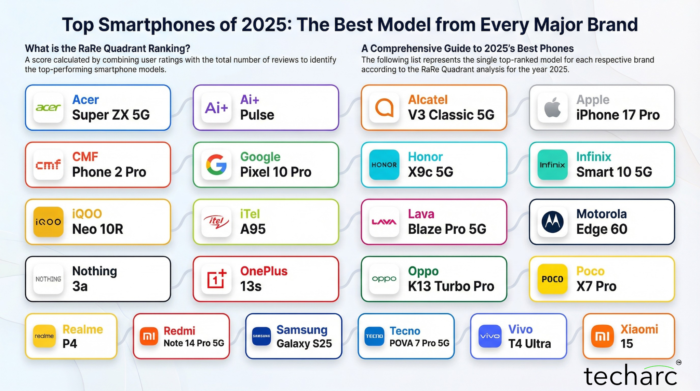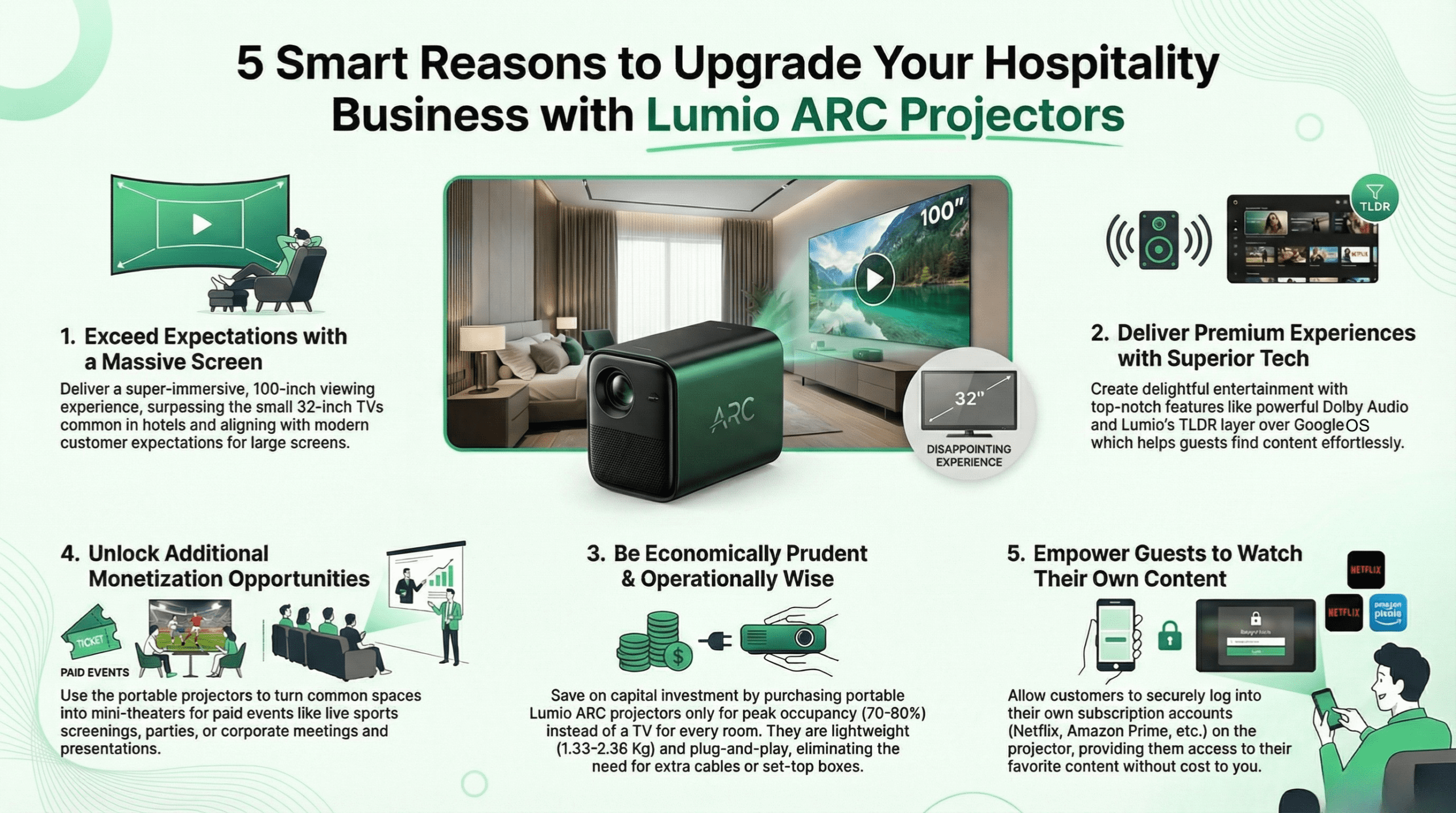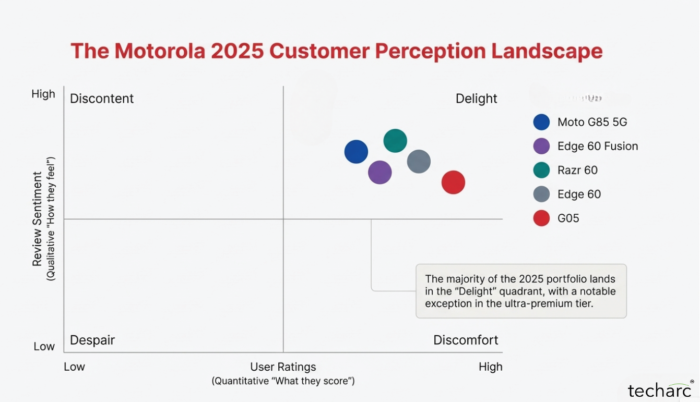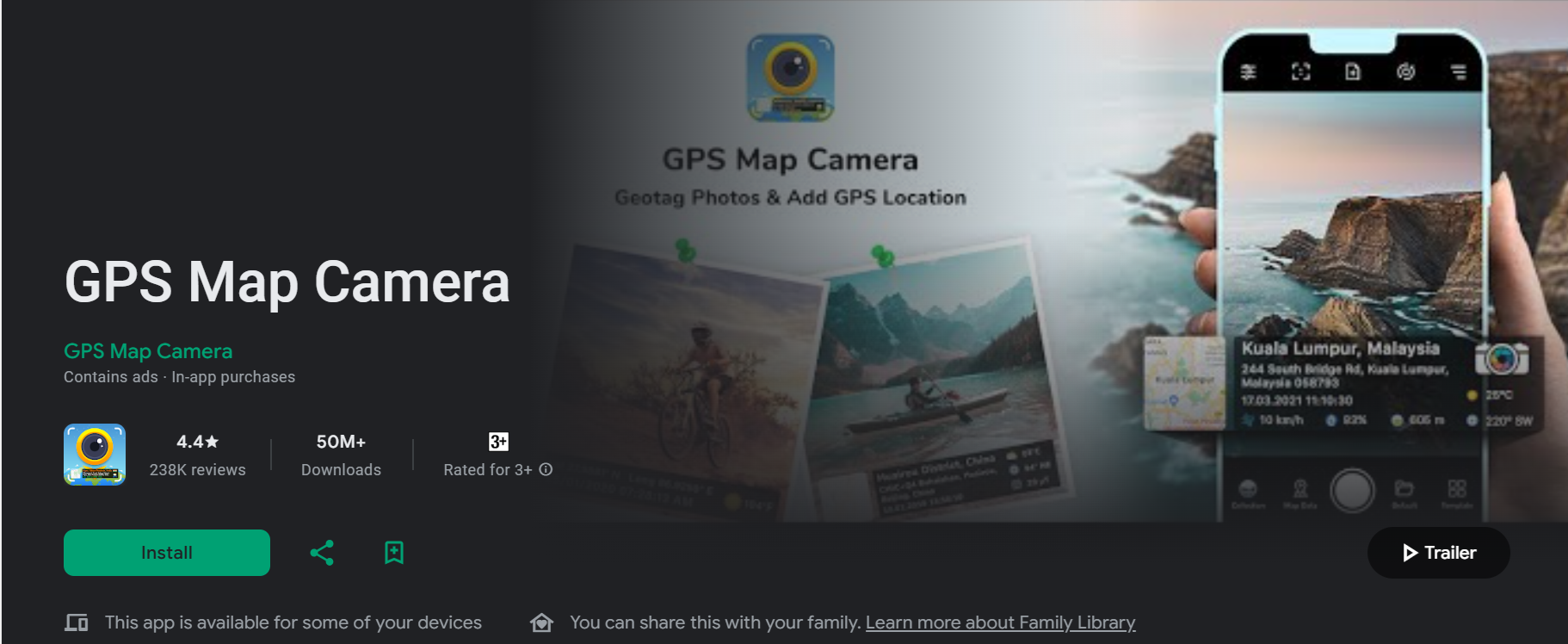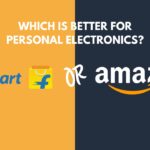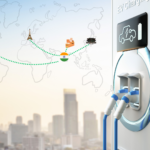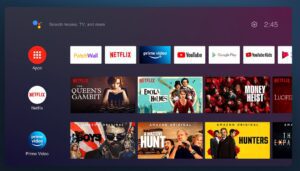There are already more than 50 million (5 crore) downloads of GPS Map Camera, one of the widely used GPS Camera apps. Yet no OEM finds it worthy of introducing this feature in their camera apps. This is why cohort matters!
Customer centricity, customer needs, customer first, and several phrases like these are very commonly used by smartphone OEMs in their launches while ‘pushing’ for a feature or specification. Yes, we find very few customers really excited about them. These features mostly fall in ‘nice to have’ category rather than ‘delight’. They do not mostly become triggers of sale. Over the past few years, we are witnessing the entire ecosystem gung-ho about a technology before the launch and once it’s made available to customers, there are hardly any takers. Customers don’t buy smartphones and several other devices for these technologies, or in other words, they are not ready to pay a premium for them. They acquire these technologies because these are made available to their zones of consideration defined by a price tier. 5G, AI and a few more recent technologies are some classic examples which excited everyone in the ecosystem before launch. But once launched, customers did not run for them.
What is all this indicating and leading to? It only indicates lack of customer understanding and prioritising the needs precisely so that customers could see value, substantial enough to pay a premium. It shows that by and large, technology is being pushed and thrusted on consumers rather than picking up their problems and innovating around them. I am not demeaning or undervaluing the efforts and innovations that are brought out by various OEMs, but there are hardly any that are designed around solving a customer problem. Rather, they are introduced, and a compelling story is built around them with an attempt to generate customer pull. As a consequence, we are not seeing the industry grow. It is being primarily driven by replacements where customers are stepping up gradually and paying more for owning a smartphone. This makes some of the value driven brands happy and rich, while others struggle to make real money. Going forward, even the value driven brands are going to suffer as customers will want to use devices for longer tenures after spending huge money on owning one. There was a time when customers were spending around ₹10,000 on a smartphone and ready to throw it up after a year or two. Now as they spend 3-10 times more of it, they want to retain devices for 5 to 7 years, in some cases more. This will obviously reduce the upgrade potential impacting the value driven brands as well. If things don’t dramatically change in next 2 years, we are going to see the smartphone wave hitting an ebb!
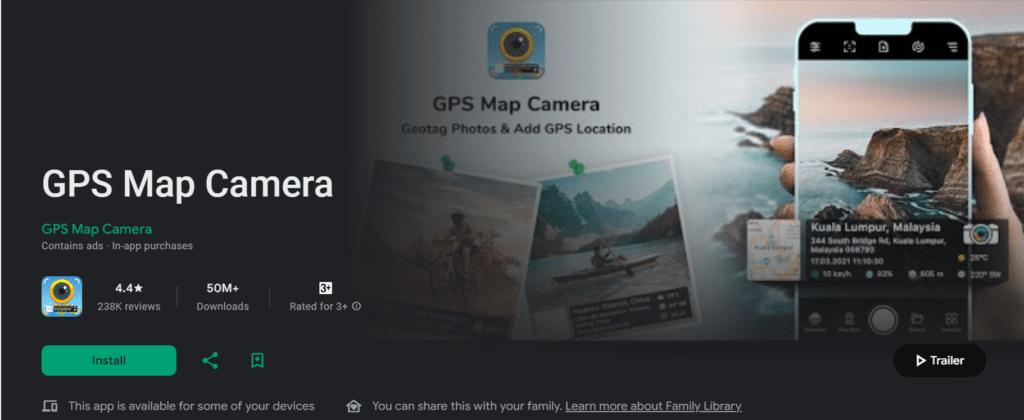
Recently, I had to get a survey done of my house. The surveyor came and wanted to click pictures with GPS coordinates on it. He took out his smartphone and opened up GPS Map Camera app and I got interested in digging deep about it. I was astonished to see the penetration of this app and many of similar apps available on Google Play and Apple Store. On Google Play alone, this app has more than 50 million (5 crore) downloads. I checked about its usage and had interactions with many of my engineering and architect friends. Also, some of them in the insurance industry. Even in the government. I came to know that such GPS Camera apps, capable of GPS stamping a picture are very widely used in civil engineering surveys, architectural and draughtsman tasks, auditing and inspection of government projects, etc. Even in banking and insurance for verification of properties for insurance and mortgage verifications.
Now besides the very annoying user interface as these apps keep on pushing ads, there are other concerns like reducing the camera quality and functionality. There is a big worry of data privacy as the publishers of many of such apps may not be very reputed and credible. So, no one really knows, where the data goes. Such apps are being used not only in public places, but also at very sensitive locations including defence, police and several strategic installations for auditing and inspection purposes. All this data in visual format is being put to a potential privacy risk. With AI and other computational advancements, there is a lot that can be done with this data. We could be contributing to a very detailed and descriptive digital twin of our city, town, state or country. All this could be working out in a crowd-sourcing model, where all the users would be inadvertently contributing by submitting photos of various buildings, locations, assets, etc.
This is where I see the smartphone OEMs playing not so smart. An app which has a very large cohort to serve, and the use case is very defined is not being served by any of the brands at all. Like the scientific calculators, there could have been engineering smartphones that have such apps as well as something similar to Bosch Toolkit included. Why wouldn’t this cohort go for such a smartphone, where OEMs could add a premium equivalent to the LTV that can be extracted from such users through other sources like serving ads, etc. All this with enhanced privacy features like having the option of storing pictures on private cloud or locally on the device. Or may be generating renderings of a building after capturing few angle shots as may be required. Even going a step further and helping in estimations of materials and material types. There is a lot that can be done by serving this cohort by a single app and the ecosystem deployed around it.
The smartphone ecosystem needs to act smart beyond making smart devices. There is a need to find out cohorts like above where interventions can add to the productivity of smartphone users who could potentially also pay a premium. This is only when they look from software and app interventions. There could be also an ecosystem of professional accessories which they could monetise. Rather than having branding collaborations with racing car companies which is only adding to the brand value, they could forge alliances with engineering and other companies like Bosch and bring out professionals’ relevant smartphones as may be defined by different needs relevant to a cohort. Similarly, there will be many cohorts large enough to put in efforts around and add millions of happy customers who see a smartphone brand adding value to their profession. They can then also understand and relate to how AI can further shoot up their productivity.

